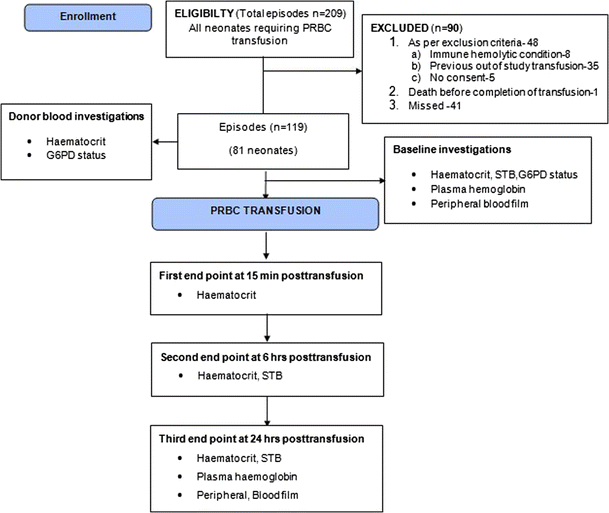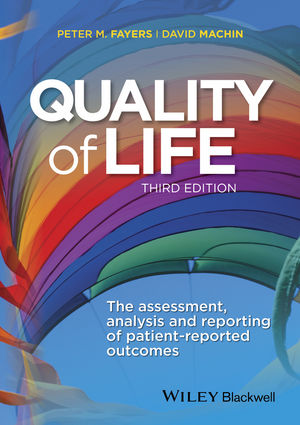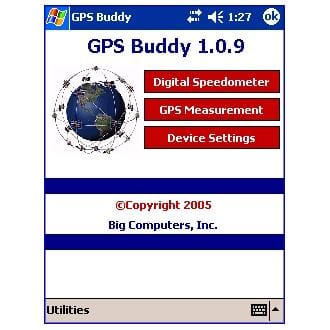


This combination of challenges has fuelled research into a telemedicine approach to ROP screening over the last several years. Bedside screening with BIO isolates Neona-tologist, Nurse and family from understanding the changes in the eye and reason for treatment. In peripheral centres there may be no physician with expertise in ROP diagnosis and management. Many physicians do not perform ROP screening for the fear of litigation. There are manpower limitations to providing the number of screening exams required to at-risk infants as well. Geography can create areas, where it is difficult to perform timely screening exams.

Besides that bedside screening involves much wasted doctor’s time to and from neonatal intensive care units (NICU) as well as examination of eye that do not need treatment (80%). It is difficult to coordinate care with multiple doctor’s drawings. The interpretation of fundus findings is presumed to be correct without opportunity for actual review. The examiner’s interpretations of the clinical findings, rather than the actual retinal features, are transcribed onto grading sheets. Yet indirect ophthalmoscopic screening has limitations. The standard method for diagnosis of ROP has been bedside binocular indirect ophthalmoscopy (BIO) for both routine clinical care and clinical trials. A lot of children have poor screening or no screening done, which results in poorly timed treatment or no treatment that leads to blindness. ROP screening is the most important part of ROP care.

ROP is a time sensitive disease, which can progress rapidly. The International Classification of Retinopathy of Prematurity (ICROP), the Cryotherapy for Retinopathy of Prematurity (CRYO- ROP) and Early Treatment for Retinopathy of Prematurity (ETROP) trials have had a profound impact on the way in which we screen, treat. It is unlikely that there are enough experienced examiners to do these exams. This means approximately 180000 exams per year. In the USA the premature baby is examined in average 6 times beginning at 31 weeks postmenstrual age prior to discharge from the hospital. The total ROP screening population in Russia is approximately 30000 babies per year. In Russia 93200-108200 babies are born prematurely (with a birth weigh 2500 g or less per year). As premature infant survival increases worldwide, the incidence of ROP also continues to rise. ROP remains a leading cause of preventable blindness in premature infants worldwide. Retinopathy of prematurity (ROP) is a vasoprolifer-ative retinopathy affecting premature infants that may progress to retinal detachment and blindness.


 0 kommentar(er)
0 kommentar(er)
